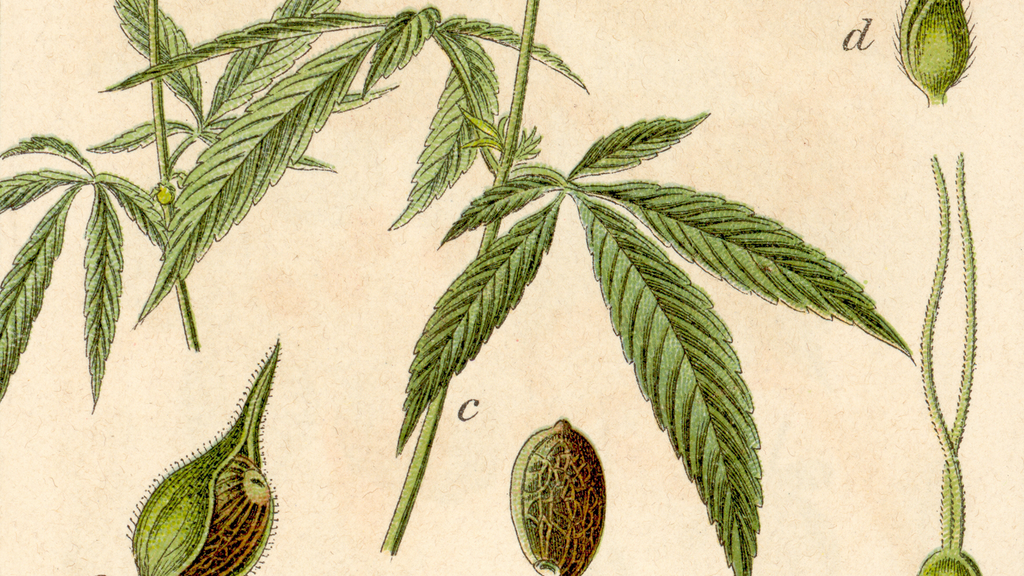What Is a Cannabis Strain?
When it comes to world of cannabis consumption, the experience is as unique as a cup of tea on a rainy afternoon—dependent on factors such as the person, the strain, the particular plant, the time of day, the setting, and the like. However, understanding strains can lend a helping hand when it comes to navigating the perplexing landscape of cannabis choices, be it for shopping or growing.

For many aficionados of the green herb, perusing through the array of flowering options can be a tad bewildering. How does one sift through the myriad of strain names, from the intriguing Ghost Train Haze to the delectable Wedding Cake? What exactly constitutes a cannabis strain, and does it differ from the term “cultivar”? And, pray tell, how do the enigmatic intricacies of cannabis genetics weave their magic and influence your herbal escapade?
What Is a Cannabis Strain?
The term “strain,” along with its less common counterparts “varietal” and “cultivar,” is employed to characterise distinct varieties of the cannabis plant that boast unique physical and genetic attributes. The term “cultivar” tends to make more frequent appearances in the horticultural realm.
Phenotype, refers to a plant’s physical traits—its growth patterns, leaf shapes, and the appearance of its buds. The phenotype is a manifestation influenced by environmental variables and is marked by unique expressions within the same strain. The genetic lineage, or lineage for short, encapsulates the cumulative genetic contribution of multiple parent plants over time, some strains harking back thousands of years. The artistry of breeding new strains involves the amalgamation of genetics from two parent plants through various methods.
The Crafting of New Cannabis Strains
While a lone plant can be snipped and nurtured to produce genetically identical clones, creating new strains necessitates the involvement of both male and female cannabis plants. Pollen from the male counterparts performs a delicate dance with the flower-bearing females, resulting in the creation of unique seeds carrying genes from both parents. Similar to a litter of kittens, the first generation of “sibling” plants may showcase considerably diverse characteristics.
Enter the breeder’s domain, where the quest for the ideal phenotype, or “pheno-hunting,” takes centre stage. This intricate process involves identifying plants that exhibit desired potency, terpene profiles, or aesthetic attributes. Pheno-hunting, akin to aging fine wine, demands months, if not years, as seeds from promising plants mature into fully processed plants, revealing the desirability of the final product. The cream of the crop is then subjected to selective breeding and cloning, ensuring the consistent and reproducible expression of desired traits.
Categorising Cannabis Strains
In the eclectic world of cannabis enthusiasts, terms like “indica” and “sativa” are tossed around to classify different cannabis types and their effects. However, in reality, these terms primarily pertain to the physical characteristics of the plants. Indica strains, with their shorter stature and broader leaves, stand in contrast to the taller, narrower-leaved sativa strains. Hybrid plants, true to their name, are a delightful fusion of two or more cultivars.
The once-held belief that Cannabis sativa and Cannabis indica produce distinct effects has waned. These names are more botanical descriptors of the structure of each plant type. As growers cultivate unique hybrid strains and research burgeons, this classification is gradually losing relevance. Factors such as cannabinoid and terpene profiles now take the spotlight in determining a plant’s effects, providing a more nuanced approach to cannabis shopping.
Haze, Skunk, and Kush
n the horticultural worl of cannabis, three varieties are often considered the genetic building blocks of many modern-day strains—Haze, Skunk, and Kush. Each variety boasts a unique appearance, aroma, flavor, and potency.
Haze, with its sativa dominance, is believed to hail from tropical regions, displaying lighter, more open buds resistant to mold. The buds carry a fresh, spicy aroma with notes of freshness, sourness, and fruitiness.
Skunk, famously aromatic and associated with Californian breeders in the 1970s, is known for its easy cultivation and rapid transition from seed to flower. Skunk varieties also boast high THC potencies.
Kush, drawing genetic inspiration from Hindu Kush strains, is typically classified as indica or indica-dominant. These plants are short, bushy, and abundant in side branches, known for their fast flowering, compact growth, high yields, and potent THC concentrations.
Decoding Strain Names
Ever wondered about the whimsical names bestowed upon cannabis strains? Strain nomenclature draws inspiration from various sources, including genetic lineage, cultural references, and the breeder’s creativity. Some names take cues from geographical origins, while others mirror the strain’s effects, aroma, or appearance.
With a smattering of knowledge about broader cannabis categories, deciphering a strain’s lineage becomes a tad easier through its name. Strains like Skunk Haze and Purple Kush, for instance, provide a breadcrumb trail to their parent strains, offering a rudimentary insight into their characteristics.
Irrespective of a cannabis strain’s classification or reputation, the alchemy between your body’s chemistry and the cannabis experience remains uniquely yours. Acquainting yourself with strain names and genetics isn’t a replacement for responsible consumption, but it does add a fascinating layer to your understanding and might offer a general preview when embarking on the exploration of a new cultivar.

